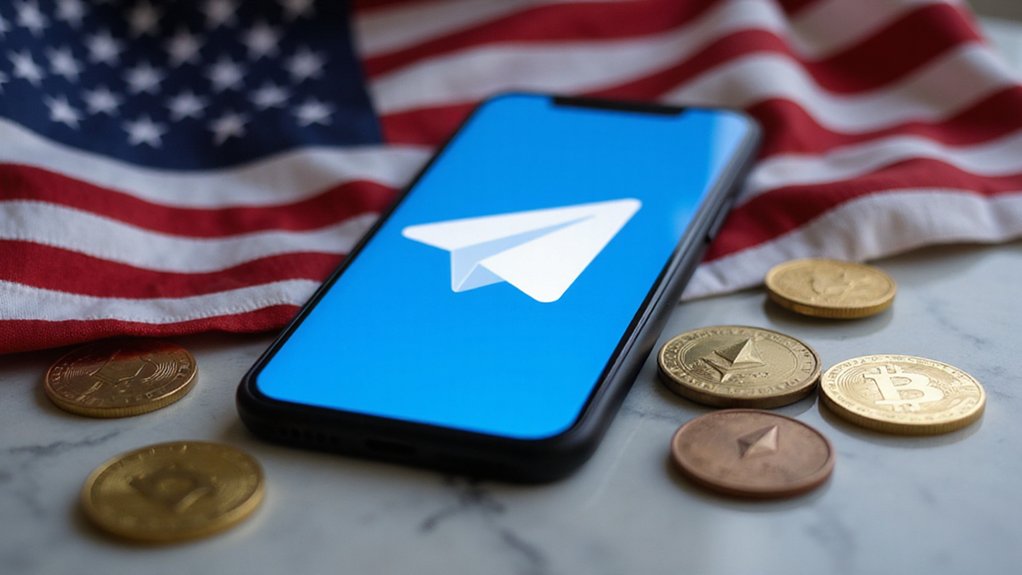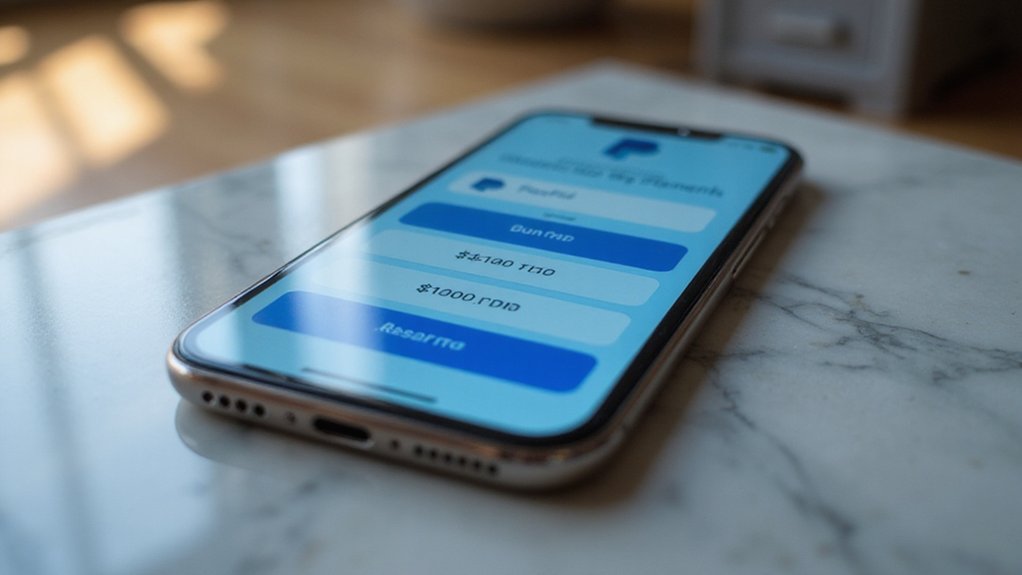While most Americans wrestle with the Byzantine complexities of setting up crypto wallets—navigating seed phrases, browser extensions, and the perpetual anxiety of self-custody—Telegram has opted for a more elegant solution: simply embedding the entire experience within an app they already use daily.
The messaging platform’s TON Wallet integration, launched in July 2025 for U.S. users, transforms crypto accessibility by eliminating the traditional friction points that have historically deterred mainstream adoption. Rather than downloading separate applications or managing multiple private keys across various platforms, Telegram’s 87 million American users can now send Bitcoin with the same ease as forwarding a meme.
This isn’t merely another fintech gimmick masquerading as innovation. The wallet operates as a fully self-custodial solution built on The Open Network (TON) blockchain, a layer-1 platform designed specifically for scalability—a revitalizing departure from networks where transaction fees occasionally exceed the actual transfer amount. Users maintain complete control over their private keys while accessing an all-encompassing suite of services including token swaps, staking yields, and peer-to-peer transfers. Unlike traditional banking systems, users can execute peer-to-peer transactions directly through smart contracts without requiring intermediaries or geographic restrictions.
The integration’s sophistication extends beyond basic wallet functionality. Telegram has constructed an entire ecosystem where users can engage with decentralized finance, gaming applications, and digital marketplaces through Mini Apps without ever leaving the messaging environment.
Partnership arrangements (notably with MoonPay) enable zero-fee crypto purchases, while planned security features include transaction emulation and fraud detection—acknowledgments that user-friendly doesn’t necessarily mean user-foolish. The TON blockchain’s architecture enables fast transactions that process without the typical network congestion experienced on competing platforms. Advanced whitelists and blacklists will provide additional layers of protection against potential threats and fraudulent activities.
Perhaps most remarkably, this launch represents a strategic vindication for Telegram, which abandoned its own token project in 2020 following SEC regulatory pressure. Instead of retreating entirely from blockchain integration, the company pivoted toward supporting TON-based projects like tokenized usernames and digital collectibles through Fragment.
The timing proves fortuitous. With over 100 million global users already activating TON Wallet since 2024, Telegram positions itself competitively against established players like Cash App and Coinbase. The regulatory hurdles that initially delayed the U.S. launch have been cleared, allowing direct crypto services integration.
For an industry perpetually promising mainstream adoption while delivering increasingly esoteric solutions, Telegram’s approach appears invigoratingly pragmatic: meet users where they already are, rather than demanding they venture into unfamiliar territory.






